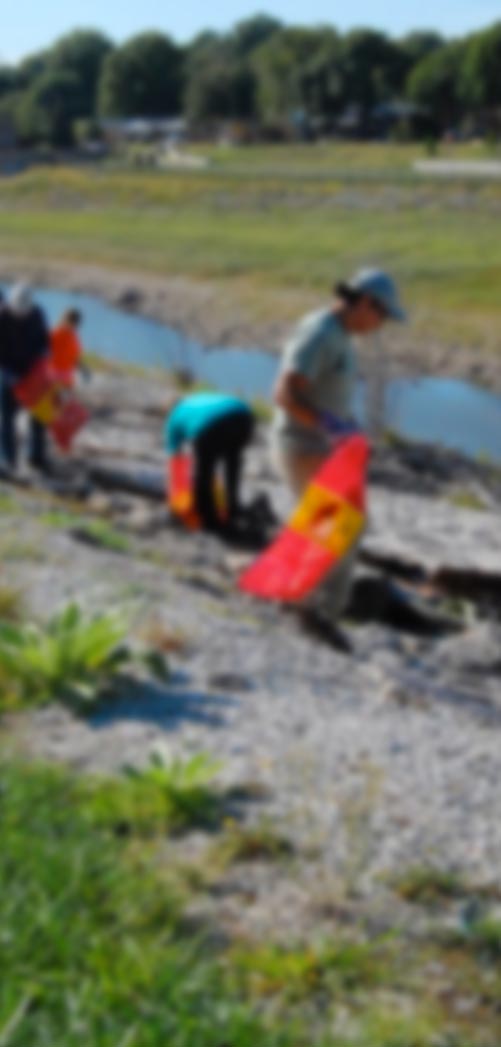The Shag River in East Otago has won the Grand Award at the inaugural 2013 New Zealand River Awards, which recognise the most significant improvements in river health in the country.
ORC chairman Stephen Woodhead accepted the award on behalf of the Otago community and the ORC at a ceremony in Wellington tonight.
The awards, sponsored by the Morgan Foundation, aim to encourage regional councils and their communities to not only work to improve the health of their local rivers, but highlight and recognise work already being done to look after them for future generations.
The judging panel of Professor Gillian Lewis (Auckland University), Dr Clive Howard-Williams (NIWA), and Dr Roger Young (Cawthron Institute) determined the supreme award based on the results of ORC’s long-term water monitoring of the Shag.
The Waikouaiti River was a contender for the Grand Award, and came third from three finalists behind the Shag and the Harris Creek on the West Coast.
Awards were also given for the best river within each regional council area, which the Shag won for Otago.
E.coli concentrations in both the Shag and the Waikouaiti have reduced markedly in recent years because of the sound management practices employed by farmers in both catchments.
“It was a huge pleasure to accept the award, particularly on behalf of farmers and others in the catchment, who have worked hard to implement rules in the Otago Water Plan aimed at improving water quality,” Mr Woodhead said.
“The Shag is the best little river in New Zealand. We are immensely gratified that these important awards have recognised an Otago river and look forward to celebrating the success with the local community,” Mr Woodhead said.
“With communities, councils, farming, and forestry organisations working together throughout Otago and New Zealand to improve their rivers, we can expect to see more similar examples emerging.”
The awards conveners said the key takeaway message from the awards was that while changing practices on individual farms might appear to be insignificant, the cumulative impact across a catchment can be enough to turn the tide on deteriorating water quality.
